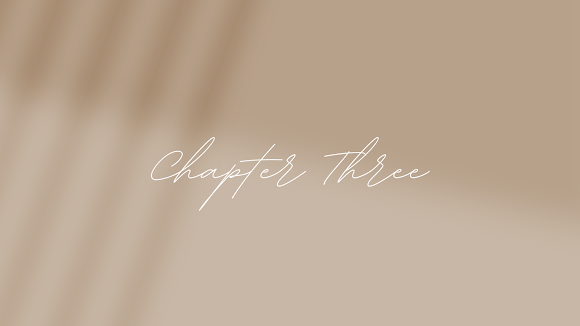La Chandeleur - Trés Délicieux!

La Chandeleur! La chandeleur c'est un féte de France et personnes célébré le jour dan fevrier 2. Le féte commence comme un reconaître présentation de Jésus en le temple. "The Presentation in the Temple" Metropolitan Museum of Art. Dans la chandeleur les français fait cuisine crêpes! Les crêpes ont été apportent dans Rome pour les pauvre en le 5 siécle. Beaucoup des personnes passe les temps avec ses familles et amis. Mangent les crêpes c'est trés important, et allume les bougies c'est aussi. Voisin-Demery, Frédérique. “Des crêpes!.” Flicker, 2012. Plus important c'est le féte reconaître le change des le saison hiver à le primtemps. Le couleur des crêpes représent le soleil reste en le ciel. Le féte c'est comme graisse mardi en les États-Unis. Price, Luke. “Changing of the Seasons.” Changing of the Seasons, 2014. Sources “La Chandeleur : What Is La Chandeleur?” Mon Panier Latin , monpanierlatin.co.uk/blogs/mpl-blog/la-chandeleur-what-is-la-chandel...




.png)